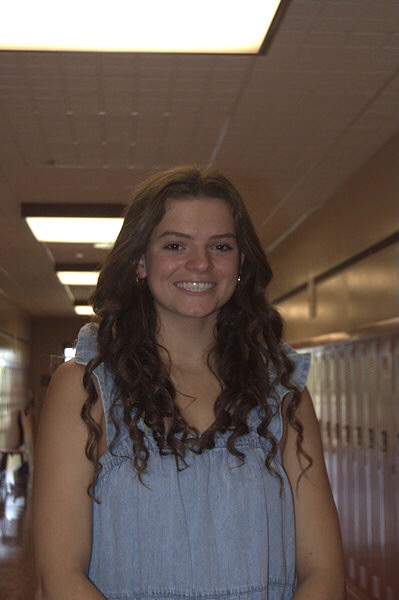Celebrating 125th birthday of Amelia Earhart
Amelia Earhart before her final flight in 1937. Earhart’s remains and those of her navigator, Fred Noonan, were never recovered. (oneredsf1//CC BY-NC-SA 2.0)
July 24, 2022
Today marks the 125th birthday of the first female aviator to fly alone across the Atlantic, Amelia Earhart.
Early life
Amelia Mary Earhart born July 24th, 1897 in Atchison, Kansas. According to PBS, she was an adventurous and independent child, who loved playing with her sister Muriel. Her family moved often throughout her childhood, so she attended schools in Kansas, Michigan, Minnesota, and Pennsylvania. Before graduating from finishing school, Earhart began volunteering as a nurse at a Canadian military hospital for wounded World War I soldiers.
Amelia’s discovery of aviation
During her time in Canada she watched pilots train for the Royal Flying Corps. After the war, Earhart returned to America and rode in an airplane for the first time in December of 1920. She fell in love with flying and began taking aviation lessons with female flight instructor Neta Snook. According to History, she worked as a filing clerk in Los Angeles to save up for her first airplane. Later in the year she purchased “the Canary”, a second hand Kinner Airster Plane. With her own plane, practice, and lessons from Neta, Earhart earned a National Aeronautics Association license in December of 1921, and two days later she participated in her first flight exhibition.
Record setting aviation
It didn’t take her long to become a record setting aviator. According to Amelia Earhart’s official website, she set her first record in 1922 when she became the only female to fly solo above 14,000 feet. A decade later in 1932, she flew solo across the Atlantic Ocean making her the first female and second person to do so. For her bravery in flight the United States Congress awarded her the Distinguished Flying Cross; a military honor for heroism and extraordinary achievements while in flight. Earhart was the first woman to receive this award. In 1932 she made the first solo female flight across the country, and was the first person to fly from Hawaii to the U.S mainland.
Attempt at world flight
According to National Archives News, On June 1, 1937, Amelia Earhart and her navigator Fred Noonan set off on their second attempt to fly across the world. Starting in Oakland California, Earhart and Noonan flew their twin-engine Lockheed 10E Electra to Miami, South America, Africa and then to India. After 22,000 miles of travel, they reached New Guinea on June 29th to refuel before their final 7,000 miles. They left New Guinea on July 2nd for Howard Island. However, soon after departure all radio contact was lost with the U.S Coast Guard and they never made it to Howard Island. President Franklin D. Roosevelt ordered an intensive two week search, but they were unsuccessful with finding them or any evidence of a crash. On July 19, 1937 they were officially declared lost at sea.
The search
Numerous expeditions in the past 85 years searched the suspected area of disappearance for signs of the Electra, but nothing was found. Robert Ballard, the explorer who located the wreck of the Titanic, started an expedition in 2019 to find her plane or a reason for her disappearance, but again nothing was found. According to National Geographic, several theories spread about her disappearance, some stating that her plane ran out of fuel and they sank in the Pacific, another says she was captured and executed by the Japanese, and some believe she crashed on a small island and survived for several months before running out of food and water. None of these theories have been proven.
Amelia Earhart’s impact on aviation
Although her career was cut short, Earhart paved the way for future generations of female aviators. She helped found a mentoring and networking organization for female aviators called the The Ninety Nines. They still exist today with thousands of members in 44 different countries. Their mission is to promote women in aviation through training, camps, and exhibitions.







